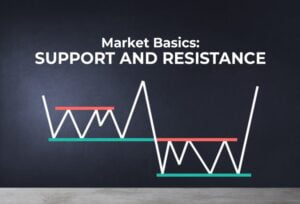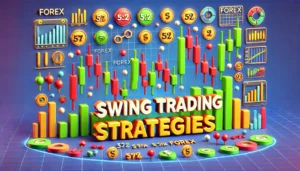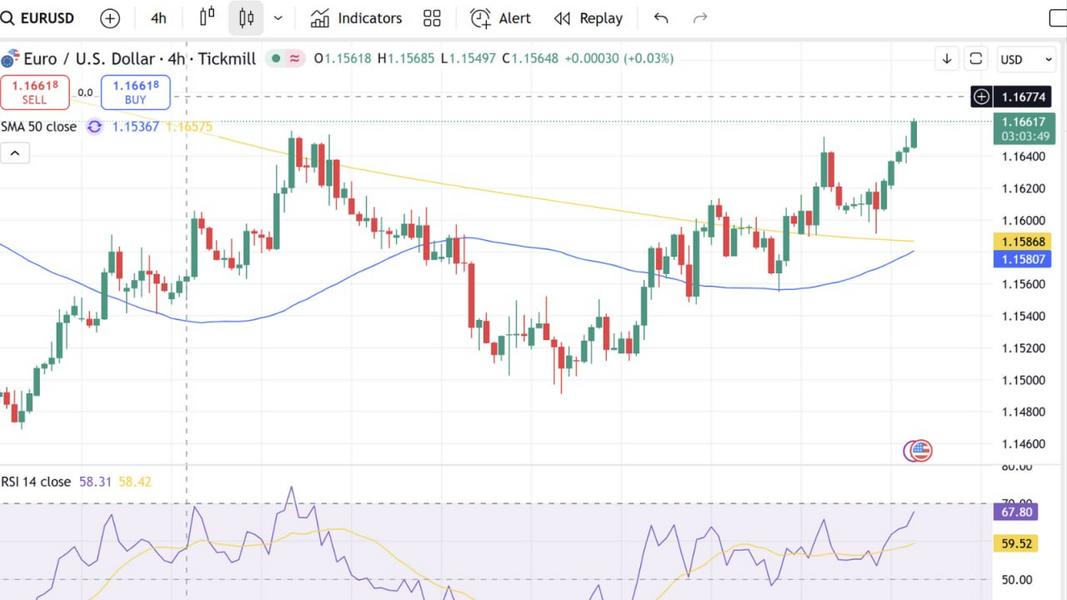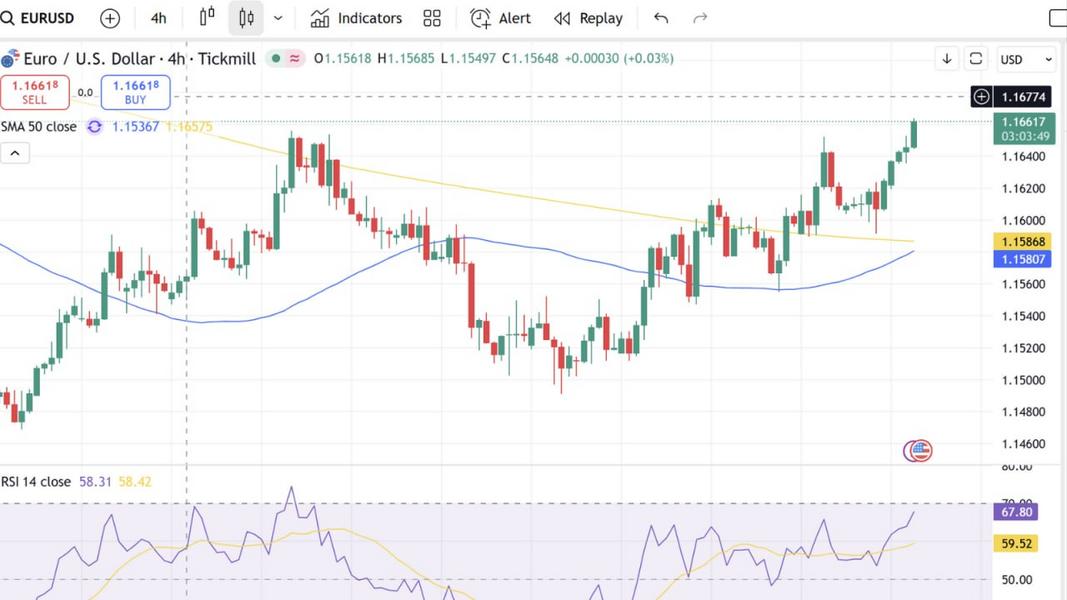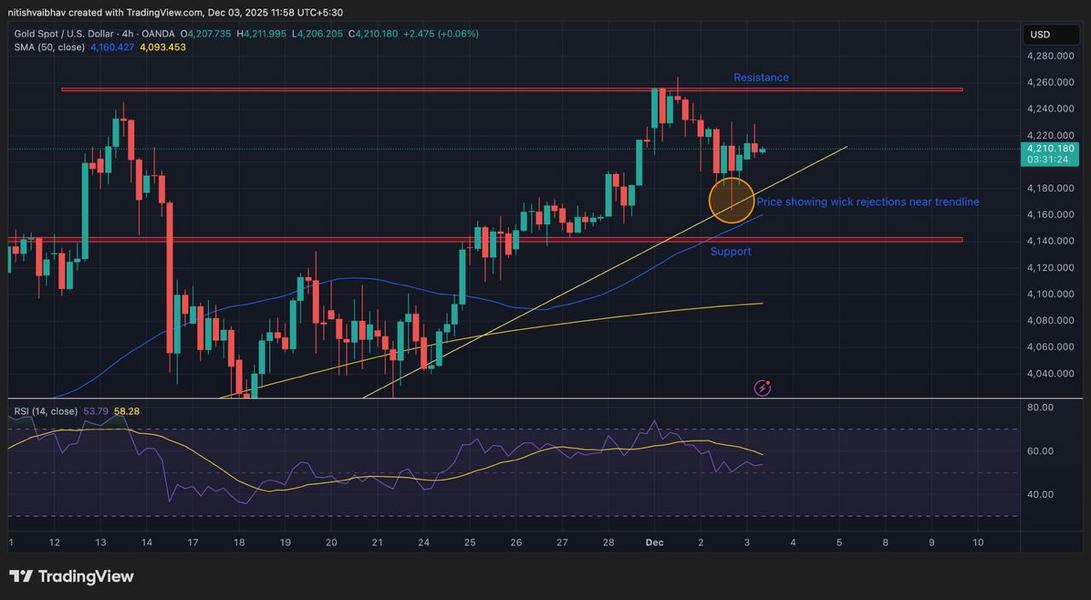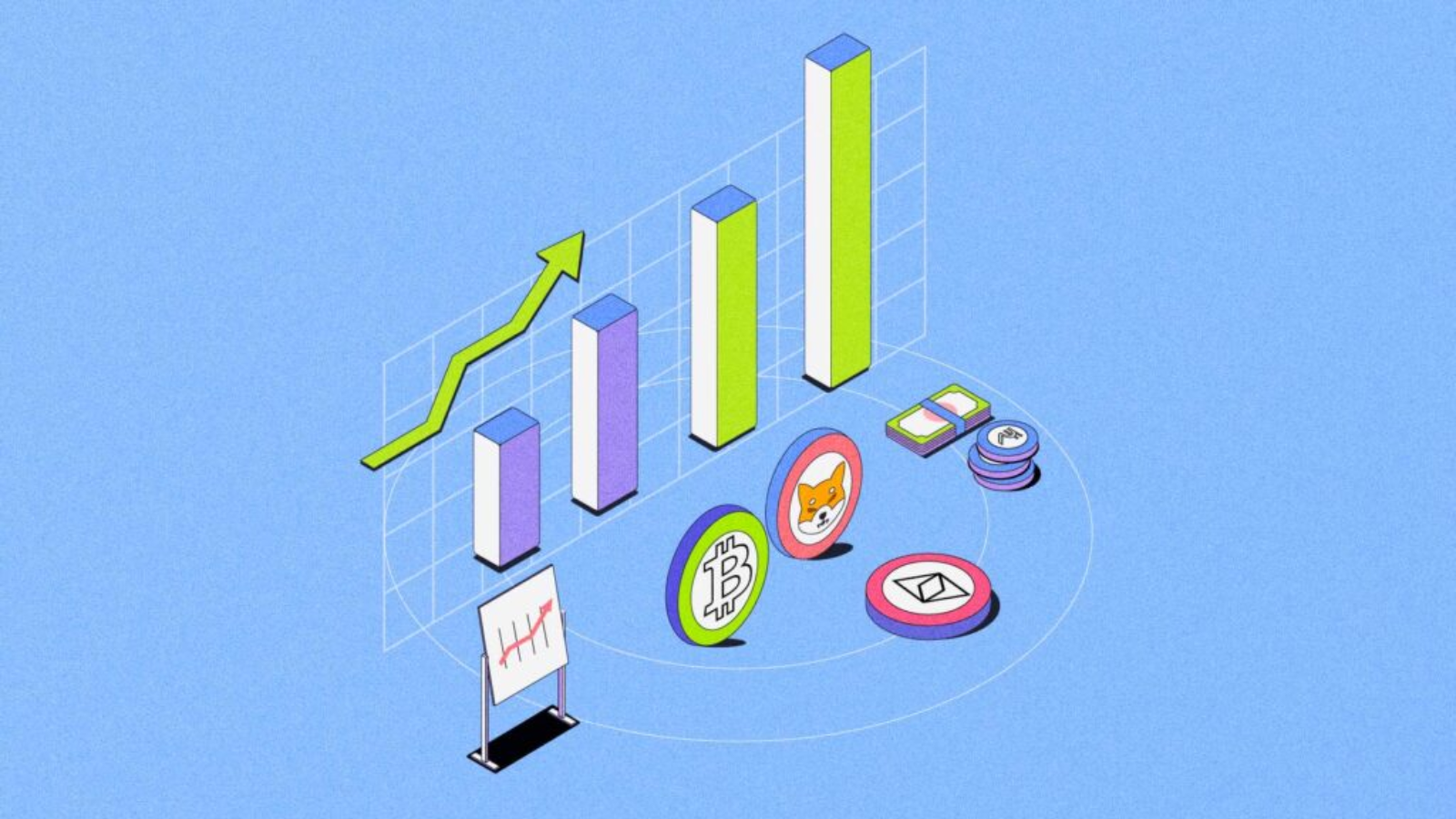
In order to succeed in the forex trading space, market participants tend to put a lot of emphasis on mastering different trading strategies and analysis techniques. However, they often overlook the importance of considering different time frames when applying strategies, which may cost them a lot.
In this article, we will explore what is multiple time frame analysis, why is it important, and how you can augment your trade setups by implementing technical analysis using multiple timeframes.
Table of Contents
ToggleWhat is multiple time frame analysis?
Multiple time frame analysis refers to a trading approach where traders view the charts in multiple time frames to pick ideal entry points and reliable trade opportunities. To be specific, it involves analyzing the same currency pair under multiple time levels.
Note that all trading platforms offer a chart interface with several time slots, like 5-minute, 1-hour, 1-day, etc. The price chart appears more and more different as the time frame is changed, sometimes creating a contradiction between trading formations. For instance, you may detect that the GBP/USD price is trending downwards in the 5-minute frame whereas it may be gradually moving up in the 4-hour time frame.
So, should you just decide your trade according to one fixed timeframe? Absolutely not. It is one of the most common mistakes made by inexperienced traders. Multiple time frame analysis actually solves this inconsistency. It stipulates that you should consider the market’s movements across different time frames and combine this information to optimize your trades. Simply put, it is essentially the same information presented from different perspectives in terms of time.
This technique is based on a top-down model that allows traders to look at the market from a broader perspective. Generally, traders identify the dominant trend by using larger time frames while they rely on a smaller time window for finding ideal entry points.
Information from larger time frames is typically considered more reliable and valid, that’s why it is given the most weight when determining the overall trend. On the other hand, small-time frames include a lot more detail and, therefore, more market noise, making them most useful for identifying entry spots only.
Technical analysis using multiple timeframes: What are the benefits?
Multiple time frame analysis empowers traders with diverse trading perspectives. Here are some potential benefits of executing technical analysis using multiple timeframes:
- You gain a variety of insights on the relevant forex pair
- You identify the potential areas of support, resistance, or trend changes at an earlier stage
- You make informed decisions about when to enter or exit trades
- You see the “big picture” of the market to comprehensively understand the current happenings
Examples of multiple time frame analysis
It is recommended to utilize 3-time levels at maximum for multi-frame analysis. To help you better comprehend the process, we have provided two examples that use a combination of 2 timeframes with a difference of 1:4 and 1:6.
1. 1-Hour and 15-Minute
These two-time frames are often preferred by day traders because they are considered most suitable for intraday entries.
The following chart presents the price data of XAU/USD in a 1-Hour timeframe. As it is the larger time level compared to 15-Minute, traders can use it to specify the broader market trend. The price is visibly trending upwards; hence traders can mark the upward channel by drawing a trendline.
Now, finding a bullish trade position is the most viable option here as per the “trend is your friend” principle. However, before zooming into the small frame for identifying the entry point, you can look for some other trade confirmation signal on the 1-Hour frame.
For instance, in case you are planning to enter a position on the trendline bounce, the hidden divergence at this point further reinforces the setup. The hidden bullish divergence indicates that the price indeed is ready to move further upward, generating a confluence trade signal.
The final step is to switch to the 15-Minute chart and zoom in on the trendline bounce area. Here you can find a more certain entry threshold for the “buy” position. In this case, the doji can serve as an entry signal.
So by looking at the price from different angles, not only do you manage to strengthen your trade entries but also improve the chances of your success.
2. 1-Day and 4-Hour
1-Day and 4-Hour come under the category of large time frames and are most appropriate for swing traders.
In the EUR/USD 1-Day chart below, a downward price channel is established that indicates the dominant market trend. Traders can mark the descending price zone with trendlines to know the potential areas of “price bounce.”
When the price is nearing the trendline, traders can zoom in to the 4-Hour frame for spotting a good entry point. As seen below, strong price rejection, signified by the long wick, can be a reasonable entry point here for the short position.
Two confirmations – trendline resistance area (on the 1-Day chart) and long upward wick (on the 4-Hour chart) – augment the quality of this “sell” trade setup.
With that being said, let us consider a scenario where a trader does not use multiple time frame analysis. The same EUR/USD chart on a 5-minute frame at the exact time zone as the above example looks something like this:
Here the price can be seen trending upwards before it reversed at the trendline zone.
Now, what would happen here if the trader did not specify the larger trend by using a bigger time frame? He may assume that the price is trending upward without realizing that a trendline resistance is approaching! His trade setup would become faulty whereby he keeps betting on bullish positions due to the failure to consider the bigger picture.
Closing thoughts
By using multiple time frame analyses, traders can remarkably increase their trading accuracy and improve the overall results. Market players who neglect to consider the different time frames while making decisions, miss out on catching valuable information and opportunities that could improve their chances of success. Therefore, it is crucial to only prioritize learning about market nuances and trading techniques, but also to rely on multiple time frames to increase the odds of a successful outcome.


